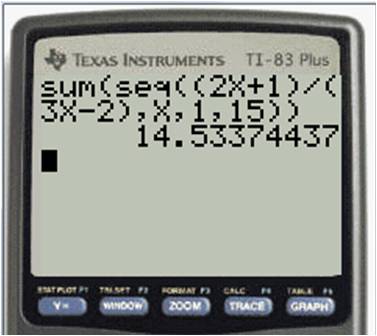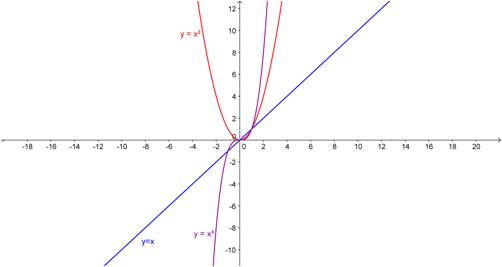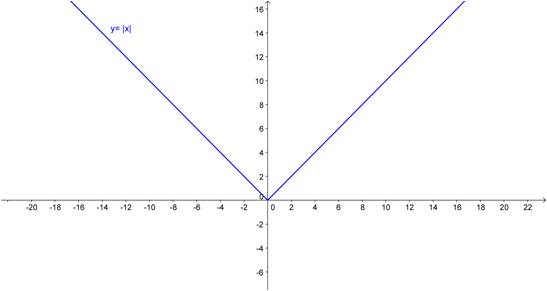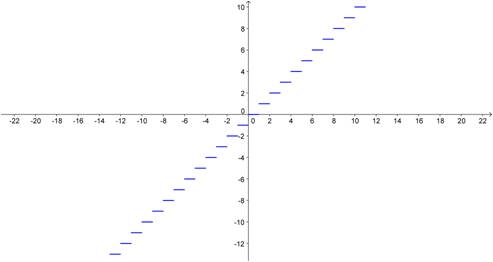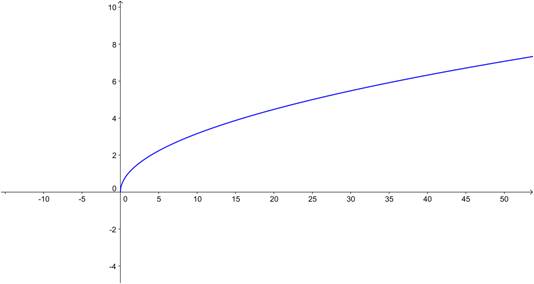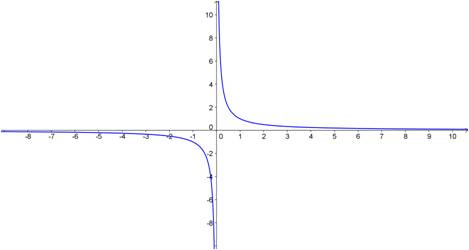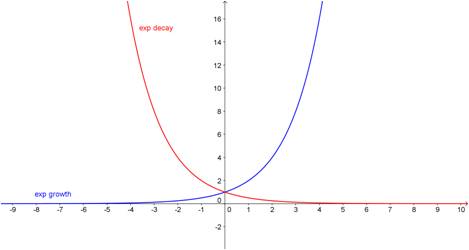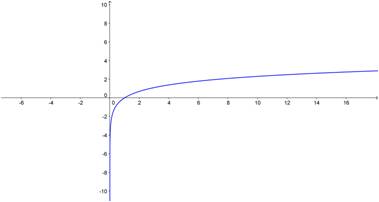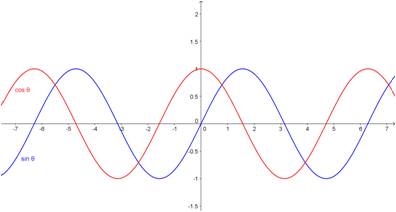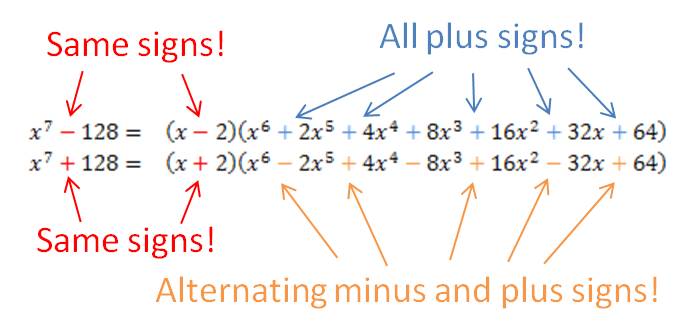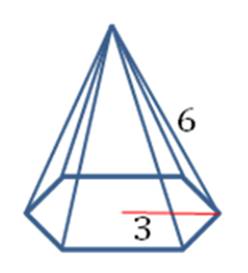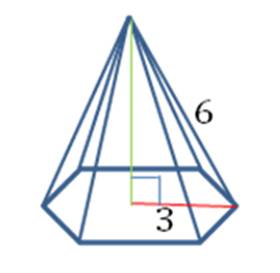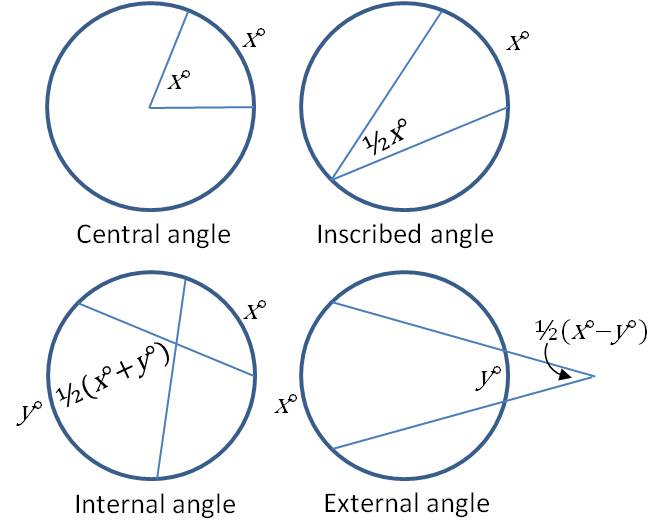How does one become an “expert integrator”? There are a lot of integration techniques, and recognizing which technique is the best is the first step to finding the integral. Many new calculus students look at an integral and don’t even know where to start. Here is a strategy you can adopt when faced with an integral. Carry on this internal dialog with yourself:
- Is this something that I can integrate by inspection?
- Is this an integral that can be turned into an elementary integral by simplifying?
- Is there a trig identity that will simplify the integral?
- Is it a candidate for a u substitution?
- Can I use integration by parts?
- Will decomposition by partial fractions be useful?
- Does the integral involve a product of trig functions?
- Would a trig substitution be effective?
- Can I find it in a table of integrals?
Yes, this is a long list. But with practice, you can work your way through it pretty quickly. [If you are taking Calc AB this year, you will only learn the first four or five steps.] Think of each integration technique as a tool for your toolbox; with each integral you encounter, you decide which tool is the best for that problem.
Let’s look at a couple of examples to see how this works.
Example 1. Evaluate:
This is an integral consisting of only elementary derivatives, so you can integrate it by inspection:
Note that you need to know the derivatives of the elementary functions in order to recognize when you can integrate by inspection. This means the derivatives of the trig functions, exponential and log functions and the inverse trig functions, not just polynomials.
Example 2. Evaluate:
This is not an elementary derivative, so it cannot be integrated by inspection. But the integrand can by simplified by multiplying the terms out, turning it into an elementary derivative:
Example 3. Evaluate:
This is not an elementary derivative. Is there a trig identity that will help? Yes, use the following Pythagorean identity to turn this into a simple integral:
At this point, you might be thinking “how am I supposed to see that identity?” Well, there’s no substitute for experience and practice. It’s important to know your basic trig identities, so you can rewrite a trig integral in a different form. If one identity doesn’t work, try another. Finding integrals is as much an art as it is a science. Be creative and be inventive.
(Look for other tips on integral problems on this website for strategies on u substitution, integration by parts, products of trig functions and trig substitutions.)

